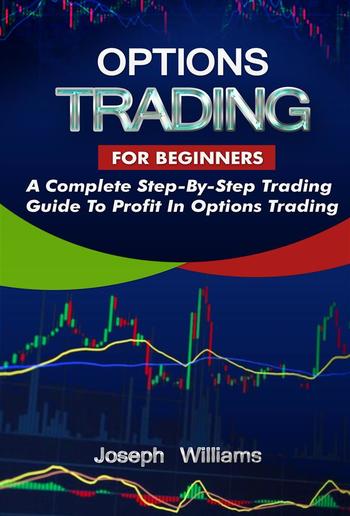

By clicking the drop down for the first available expiration, the grid shows calls on the left and puts on the right, separated by the strike prices. The options grid begins at the left with a list of the available expiration dates. We have a quick read on the importance of volume in trading. Volume is just as important for options traders as it is for trading shares of stock. Not all stocks have options at all, and some will only have a monthly expiration. Most highly liquid stocks will have a weekly expiration, with the expiration date every Friday. You’ll notice that SPY has 3 expiration dates per week! This is very unusual. Below is an options grid for SPY, the most liquid trading proxy for the S&P500.
We have some ground to cover before you’re released from Options Trading for Dummies school. Many of the traders in our trade room day trade options every day! Join us in the trade room and we talk about options trading for dummies in there. Over 70% of contracts are closed before expiration. However, there is a reason for this.Īccording to Options Clearing Corporation statistics for 2015, only 7% of all options contracts are exercised. While the buyer takes on a defined amount of risk for essentially unlimited profit potential. An options seller takes on basically unlimited risk for a very limited gain. Hopefully you’ve noticed that the risk/reward profiles for selling an option vs buying an option are extremely different. While the only limit to your gain is if the stock price goes to $0, where the contract seller will have to pay you $25/share for 100 worthless shares. You wouldn’t sell stock for $25 if you could sell them for $30.īut if price decreases to $20, you can short sell the 100 shares short at $25, and buy them back at $20 for a $500 profit, less the premium.Īgain, the premium you pay is the most you can lose. You would buy a put if you expect price to decrease over the coming month (or whatever time frame you trade).Ī put contract gives the buyer the right to sell 100 shares of stock at the strike price, and the contract seller the obligation to buy them. Put OptionsĪ put option is the opposite of a call. What if the stock price went to $1,000,000/share? Unlikely, I know, but in theory, there is no cap to price a stock can trade for, meaning there is no cap to the profit a buyer of an options contract can make, or the loss the seller can make. However, with the $125 premium collected, the total loss would be $375 – consequently the same amount as your profit. If you’re right, and the price of the stock increases to $30 per share over the next month, the seller of the contract has to sell you the shares at $25. However, an options seller’s losses are technically unlimited. The seller of the contract, in this instance, would make their max profit – $125. But you can’t lose more than the $125 you paid for the contract. You can sell the contract anytime before expiration and limit your loss. In this instance, the value of your option would decline until it expiration when it would expire worthless. 
This money you pay for the option is called “ premium.” The seller of the option receives your $125 as soon as the order is executed.Ī call option gives you the right to buy 100 shares of XYZ at $25/share, but if the stock price declines to $24, you wouldn’t want to. Options trading for dummies help you understand how premium works. But instead might only cost you $125 instead of the $2500 upfront money to buy the shares. This gives you the same exposure to the stock (100 shares).

You could buy 100 shares of the stock at $25, or you could buy a call option that expires in a month at the $25 strike price. A trader would purchase a call option if they believe price will move higher before the given expiration date.įor example, let’s say that the made-up stock ticker XYZ was trading today at $25/share, and you think it is going to go up in the next month. There are two types of options contracts: calls and puts. While the seller of the contract has the obligation to fulfill the contract if it is exercised. The buyer of the contract has the option to “exercise the contract” any time before the expiration date. Options contracts are agreements between two parties to buy or sell 100 shares of the underlying stock at a set price – known as the strike price – on or before a certain date, known as the expiration date. Understanding calls and puts are options trading for dummies 101.







 0 kommentar(er)
0 kommentar(er)
